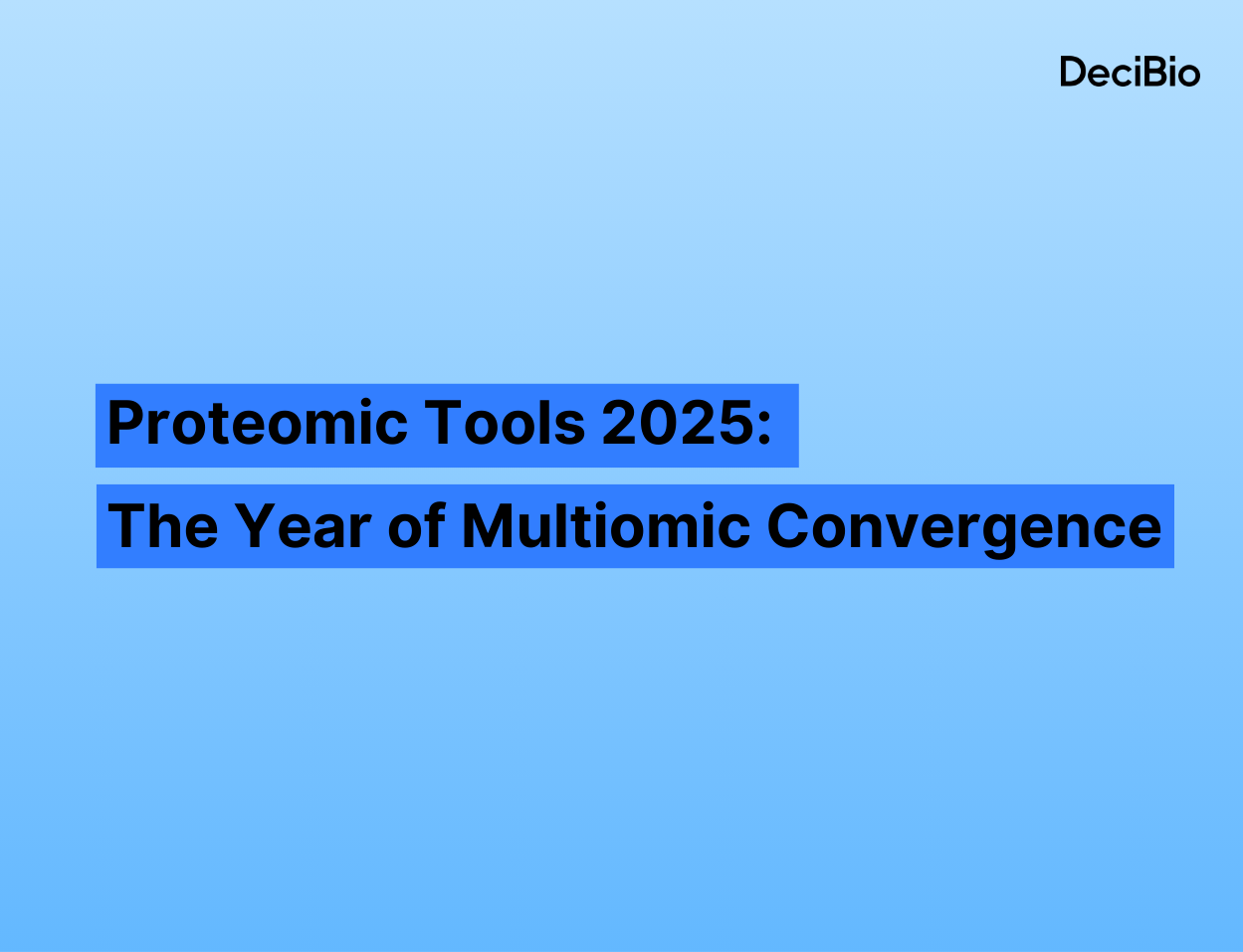“What I cannot create, I do not understand”Synthetic biology – a biological fax machine for life on MarsAt his talk at UCLA in front of a full auditorium on February 25th 2014, Craig Venter, Founder, Chairman, and CEO of the J. Craig Venter Institute, and CEO of Synthetic Genomics (La Jolla, CA) compared sequencing the genome of an organism to translating the four letter nucleic acid code of the DNA molecule into binary code that can be read, stored and communicated by computers.Since the first sequencing of the human genome in 2001, a lot of technological progress has been made that is informing current developments in science and medicine. Especially the ability to sequence a genome using next generation sequencing (NGS) technology for as low as $1,000 opens up tremendous possibilities for research, industrial and clinical purposes.The significantly decreased cost will allow sequencing large numbers of individual genomes in order to understand biological variation and phenotypes and in turn fully understand the genome of an organism. This information is crucial for the development of new life forms, an emerging field of biology termed ‘synthetic biology’.Venter has successfully created life forms such as phages and bacteria in the lab, setting the stage for the exploration of synthetic biology for commercial purposes. In order to be able to distinguish synthetic organisms from naturally occurring ones, their genomes contain ‘watermarks’ encoded in their sequence such as a quote ascribed to famed scientist Richard Feynman, which Venter finds highly appropriate: “What I cannot create, I do not understand”.Synthetically generated bacteria could for example be designed to produce relevant molecules such as biofuels, which Venter’s firm Synthetic Genomics is exploring in collaboration with Exxon.Several technical challenges had to be overcome in order to successfully assemble and transplant large genomes from synthetic oligonucleotides. The development of the Gibson cloning method which takes advantage of homologous recombination pathways allowed for a more efficient and automatable assembly process, a service offered by Venter’s SGI-DNA (a subsidiary of Synthetic Genomics). Furthermore, the development of this technology has allowed to create an instrument to synthesize genomes from digital information. The first version of this instrument which Venter compares to “a biological fax machine” should be available in 2014. The possible applications of this digital-biological converter are vast. In his talk, Venter outlined a few of them:
- Reverse vaccinology: in a collaboration with Novartis, the genome of the H7N9 flu strain from an outbreak in China was sequenced and the digital information sent to a Novartis facility, where the electronic information was converted to a synthetic genome and the virus recreated in a safe laboratory environment. This has lead to the development of a vaccine before the virus had reached the United States. Reverse vaccinology may therefore enable researchers to develop vaccines in time to prevent potentially disastrous outbreaks. The in silico analysis of pathogenic DNA sequence information and rapid creation of viral antigens in the lab, starting from the sequence of the virus, had allowed for a much accelerated generation of an effective vaccine. This strategy had already proven successful in Venter’s hands for the creation of a Meningitis B vaccine, which has been approved in Europe and is currently in phase III clinical trials in the U.S., where it is being administered to students at UC Santa Barbara, UC Riverside and Stanford University.
- A biological fax machine for life from Mars: In collaboration with NASA and Illumina, Venter is applying synthetic biology to enable humans to study alien life in safe laboratories on earth. A sequencer would be sent to Mars or other extraterrestrial locations, where it could take samples and sequence genomes of life forms on the spot. This information would then be transmitted electronically and reach earth in the matter of a few minutes, where the genomes could be reassembled and the synthesized organisms further studied under safe conditions without the samples having to physically travel through space – just like a letter can be faxed instead of mailed. A test run has already been conducted in the Mojave desert and it is possible that a sequencing machine will be on board of the next NASA Mars mission.
When thinking about the future and further applications of the digital-biological converter, Venter sees the possibility of not only using it for research purposes but potentially even as a machine that could be provided to individuals to synthesize vaccines and biological therapeutics such as insulin on demand at the convenience of their home.Author: Nadia Sellami, Associate at DeciBio, LLCConnect with Nadia Sellami on Google+https://plus.google.com/u/0/117691499321660219577/about



.png)


